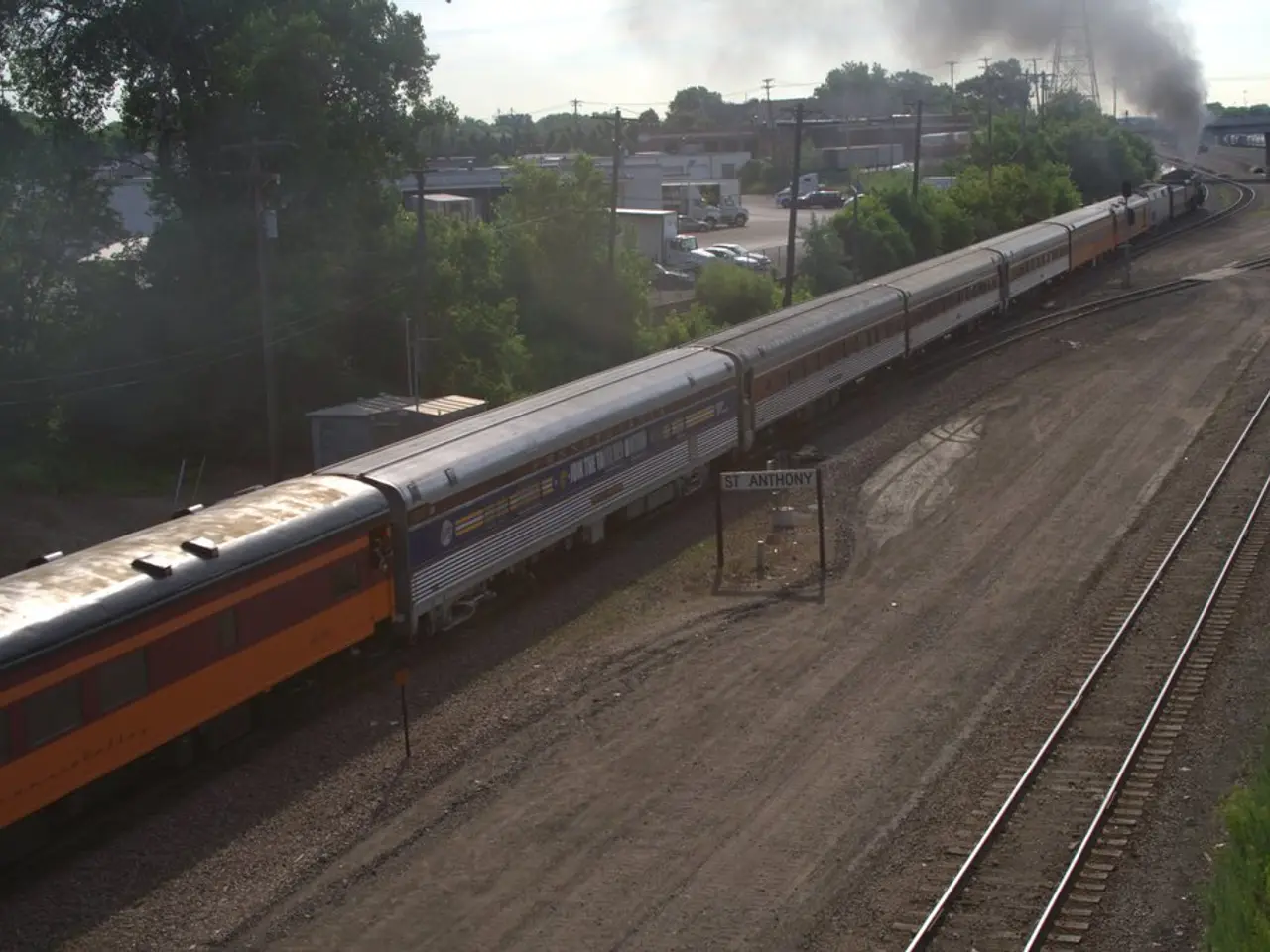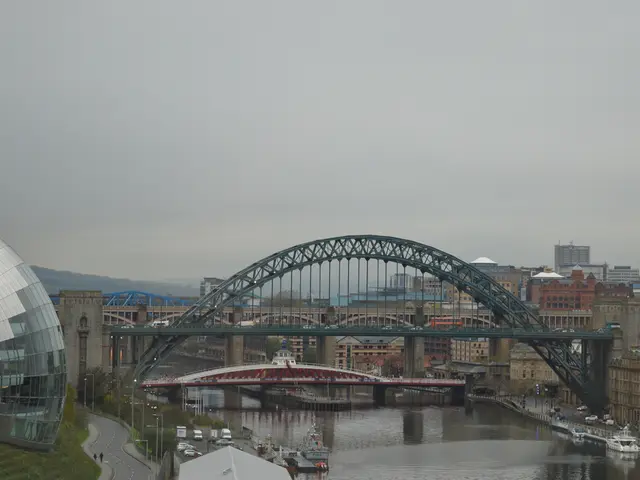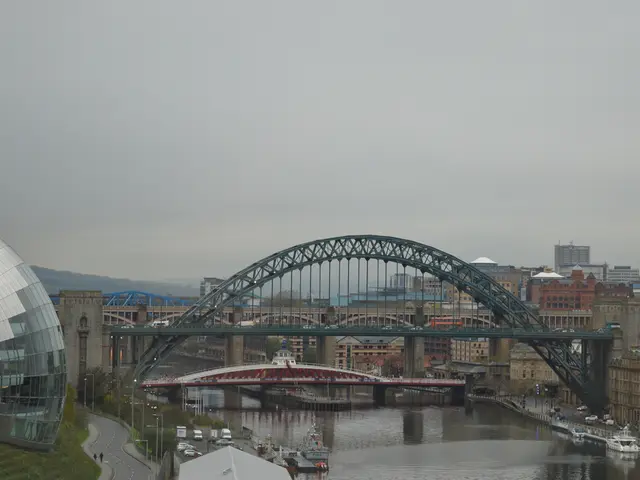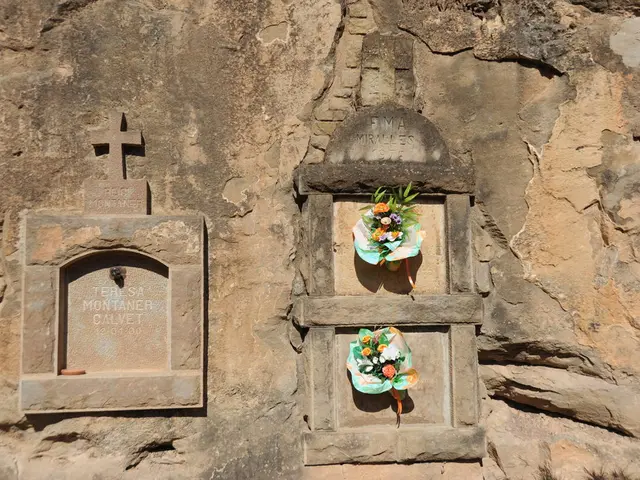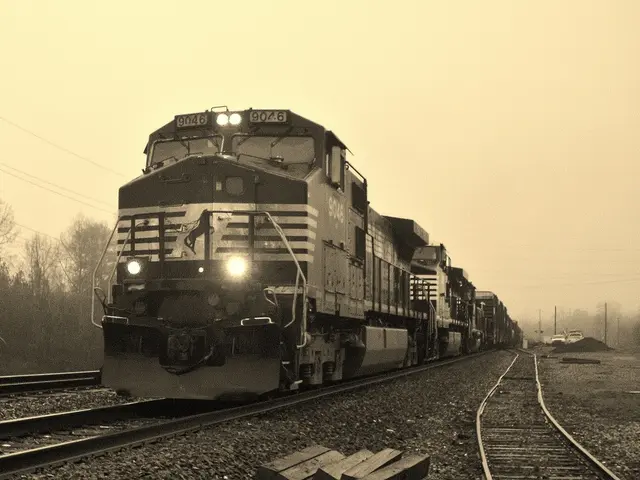Hambach Forest's Future Uncertain as Germany's Coal Commission Remains Divided
The future of the Hambach Forest hangs in the balance as Germany's Coal Commission remains divided over RWE's mining plans. Environmental activists and political figures have called for a halt to logging, citing the forest's ecological significance and the need to combat climate change.
The Hambach Forest, once spanning over 5,000 hectares, has been reduced to a mere 200 hectares due to lignite mining by RWE AG since 1978. Less than a tenth of the original canopy remains, leaving behind ancient trees and over 140 endangered species. Activists, known as the Hambach Forest activists or forest occupiers, have been residing in the forest for the past six years to prevent further destruction.
RWE plans to mine through the remaining forest beginning in October 2018, sparking fierce protests and a threat of resignation by six members of the Coal Commission. The commission, tasked with developing a 'coal exit' plan for Germany, is divided over RWE's mining plans. Green Party leader Annalena Baerbock and Environment Minister Svenja Schulze have joined the activists' call for a moratorium on further lignite expansion and the preservation of the Hambach Forest. Activists from across Europe are gathering to support the cause.
Germany's coal industry, including the Hambach mine and two others, fuels five power plants that generate about 15% of North Rhine-Westphalia's electrical needs. However, it also contributes roughly ten percent of the country's total CO2 output, highlighting the urgent need for a transition to renewable energy sources.
The fate of the Hambach Forest and the future of Germany's coal industry hang in the balance. As the Coal Commission remains divided, environmental activists continue to fight for the preservation of the forest and a shift towards cleaner energy sources. The Hambach Forest activists' dedication has brought international attention to the issue, putting pressure on the German government to prioritize climate protection.
